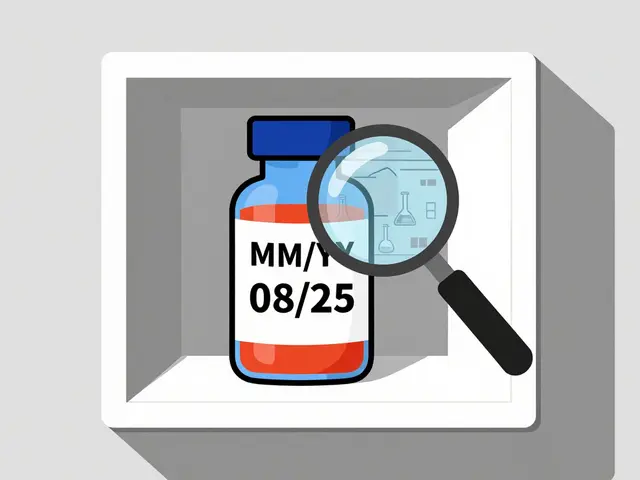Regular Blood Tests – Why They Matter and How Often to Get Them
If you’ve ever wondered whether a simple finger‑prick can actually keep you ahead of health problems, the answer is yes. Regular blood tests act like a yearly car inspection for your body—they spot issues before they become emergencies. The good news? You don’t need to be a medical nerd to understand what’s being measured or why it matters.
Most doctors recommend a basic panel at least once a year for adults with no chronic conditions. If you have diabetes, high blood pressure, or a family history of heart disease, the frequency jumps to every six months or even quarterly. The key is consistency; your lab results form a timeline that helps both you and your doctor see trends, not just single snapshots.
What’s Usually Checked in a Routine Blood Test
A standard “CBC” (complete blood count) tells you how many red and white cells you have, plus platelet levels. Low iron shows up as low hemoglobin, which can cause fatigue. A “CMP” (comprehensive metabolic panel) looks at liver enzymes, kidney function, electrolytes, and glucose—basically the organs that keep your chemistry balanced.
Most people also get a lipid profile: total cholesterol, LDL (“bad”), HDL (“good”), and triglycerides. High LDL is a red flag for heart disease. Some labs add thyroid‑stimulating hormone (TSH) to screen for hypothyroidism, especially if you feel sluggish or gain weight unexpectedly.
If your doctor suspects vitamin deficiencies, they might order a Vitamin D test or B12 level. These aren’t always part of the basic panel but can explain mood swings, bone pain, or nerve tingling.
Tips to Make Your Next Lab Visit Smooth
1. **Fast when needed** – Many panels require you to be fasting for 8‑12 hours (no coffee, no food). Set a reminder the night before and keep water handy; it won’t break your fast.
2. **Stay hydrated** – Even if you’re fasting, drink plain water. It makes veins easier to find and reduces the chance of a “dry stick” draw.
3. **Know your meds** – Bring a list of prescription and over‑the‑counter drugs. Some medicines (like steroids) can skew results, so your doctor may ask you to pause them temporarily.
4. **Ask for a copy** – Most labs offer electronic PDFs now. Having the raw numbers lets you track changes yourself and spot any sudden spikes before your next appointment.
5. **Schedule smartly** – Early mornings are usually less busy, which means shorter wait times. If you can’t make it early, call ahead to see if a specific phlebotomist is available—some have a gentler touch.
Remember, the goal of regular blood tests isn’t to freak you out with numbers; it’s to give you and your doctor a clear picture so you can tweak diet, exercise, or medication before anything serious develops. Keep a simple spreadsheet or use a health app to log each result, note any symptoms, and set reminders for the next test. Over time you’ll see patterns—like how that extra coffee in the afternoon nudges your glucose up a bit.
Bottom line: stick to a schedule, stay informed about what’s being measured, and use the results as a roadmap rather than a judgment. Your future self will thank you for the proactive check‑ups today.
- By Percival Harrington
- /
- 7 May 2023
The importance of regular blood tests while taking Sevelamer Hydrochloride
As a regular user of Sevelamer Hydrochloride, I cannot stress enough the importance of having regular blood tests. These tests help monitor my phosphate levels and ensure that my kidneys are functioning properly. Additionally, they can help detect any side effects or complications early on, allowing my doctor to make any necessary adjustments to my treatment plan. By staying on top of my blood tests, I'm taking control of my health and ensuring that my Sevelamer Hydrochloride medication is working effectively. Remember, it's always better to be proactive when it comes to our well-being!




